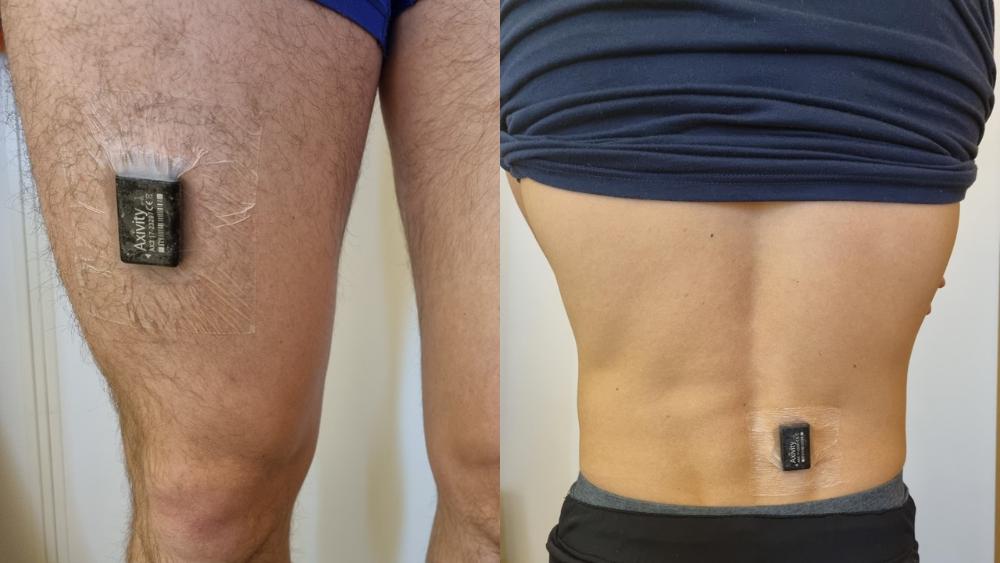Physical activity behaviour and sleep study
Physical activity behaviour and sleep study
The public health relevance of physical activity behaviours and sleep are unquestionable, although it is evident that commonly used methods that are used to study risk and prognosis have shortcomings. These shortcomings pertain to the use of self-reported data, which is prone to measurement error and misclassification. In the 4th survey of the Nord-Trøndelag Health Study (HUNT4), 7-days physical activity behaviour and sleep data were recorded with two accelerometers attached to the skin on the right thigh and low back on approx. 38 000 people aged 13 and above.
We will develop innovative machine learning approaches to identify physical activities and sleep durations based on accelerometer data. The first steps towards this goal are presented in our two publications, "A Machine Learning Classifier for Detection of Physical Activity Types and Postures During Free-Living" and "Harth: A human activity recognition dataset for machine learning." We utilized a state-of-the-art ML model to classify time spent sitting, standing, walking, running, cycling, and lying down with an overall accuracy of ~95%. In future works, we target the classification of sleep durations, more diverse activities, and energy expenditure using new machine learning approaches. Achieving these goals will result in more accurate evaluations of accelerometer measurements and, therefore, a better understanding of the relation between PAB and sleep on public health.
With the result from these predictions, we will try to identify modifiable and non-modifiable determinants of physical activity behaviours and sleep. An increased understanding of determinants is of importance for informing public health initiatives aimed at improving sleep and increasing physical activity. In addition, we will examine differences between self-reported and objectively measured physical activity behaviours, short-and long-term variations (i.e., seasonal, work vs leisure, weekdays vs weekends), and the association between objectively measured physical activity behaviour/sleep and the risk of disability pension and sick leave.
Furthermore, with these precise predictions we will compose phenotypes of physical activity behaviours and utilized in family- and genetic study designs to explore environmental and genetic variation associated with physical activity behaviours. Genetic variation associated with physical activity behaviours will be used as instruments to investigate causal effects on cardiovascular disease using mendelian randomization methods.

